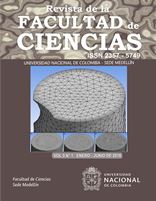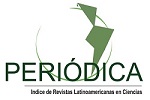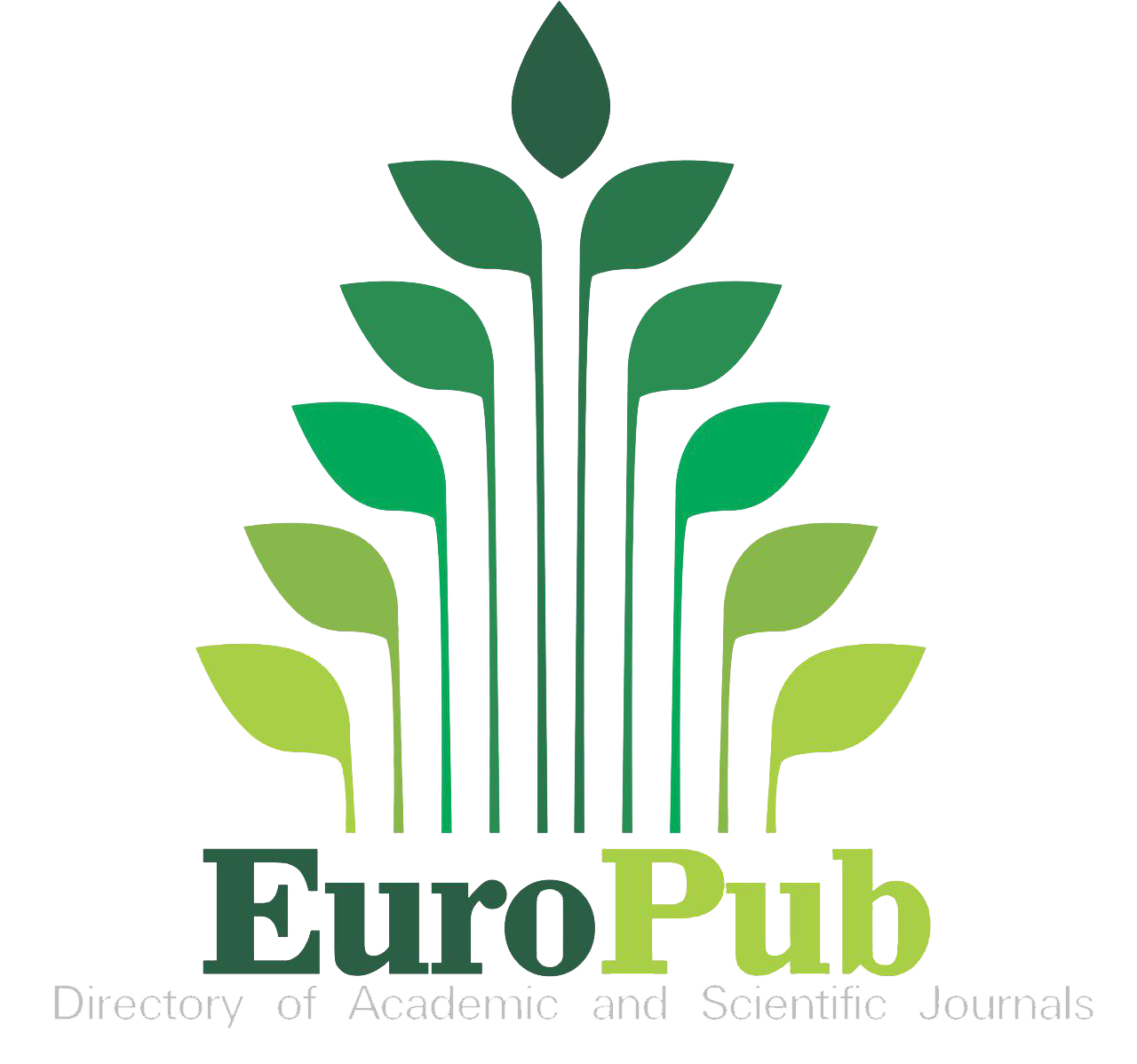Independencia de malla en tubos torsionados para intercambio de calor: caso de estudio
Mesh independence in twisted tubes for heat exchange: case study
DOI:
https://doi.org/10.15446/rev.fac.cienc.v5n1.54231Keywords:
Análisis numérico, convergencia, Ingeniería asistida por computador, mallado, modelado 3D (es)3D modelling, computer aided engineering, convergence, mesh generation, Numerical analysis (en)
Downloads
References
ANSYS, Inc. (2014). ANSYS Meshing. (ANSYS, Inc.) Recuperado el 2014, de ANSYS Meshing: http://www.ansys.com/Products/Workflow+Technology/ANSYS+Workbench+Platform/ANSYS+Meshing
ANSYS, Inc. (2011). MeshIntro_14.0_L07_Mesh_Quality. En Introduction to ANSYSMeshing.
Ardila Marín, J. G., & Hincapié Zuluaga, D. A. (2014). Modelado geométrico de intercambiadores de calor de tubo en espiral helicoidal torsionado. Revista Politécnica, 18.
Conte, I., & Peng, X. F. (2009). Numerical and experimental investigations of heat transfer performance of rectangular coil heat exchangers. Applied Thermal Engineering, 29, 1799-1808.
Di Piazza, I., & Ciofalo, M. (2010). Numerical prediction of turbulent flow and heat transfer in helically coiled pipes. International Journal of Thermal Sciences, 49, 653-663.
Harewood , F., & McHugh, P. (2006). Investigation of nite element mesh independence in rate dependent materials. Computational Materials Science, 37, 442-453.
Huminic, G., & Huminic, A. (2011). Heat transfer characteristics in double tube helical heat exchangers using nanofluids. International Journal of Heat and Mass Transfer, 54, 4280-4287.
Jayakumar, J., Mahajani, S. M., Mandal, J., Vijayan, P. K., & Bhoi, R. (2008). Experimental and CFD estimation of heat transfer in helically coiled heat exchangers. Chemical engineering research and design, 86, 221-232.
Kumar, V., Saini, S., Sharma, M., & Nigam, K. (2006). Pressure drop and heat transfer study in tube-in-tube helical heat exchanger. Chemical Engineering Science, 61, 4403-4416.
Naphon, P., & Wongwises, S. (2002). An experimental study on the in-tube convective heat transfer coeffcients in a spiral coil heat exchanger. International Communications of Heat and Mass Transfer, 29(6), 797-809.
Rennie, T. J., & Raghavan, V. G. (2006). Numerical studies of a double-pipe helical heat exchanger. Applied Thermal Engineering, 26, 1266-1273.
Rudolf, F.,Weinbub, J., Rupp, K., & Selberherr, S. (2014). The meshing framework ViennaMesh for finite element applications. Journal of Computational and Applied Mathematics, 270, 166-177.
Vashisth, S., & Nigam, K. (2009). Prediction of flow proles and interfacial phenomena for twophase flow in coiled tubes. Chemical Engineering and Processing: Process Intensication, 48, 452-463.
Wang, L., & Moriwaki, T. (2003). A novel meshing algorithm for dynamic nite element analysis. Precision Engineering, 27, 245257. doi:10.1016/S0141-6359(03)00005-9
Zachár, A. (2010). Analysis of coiled-tube heat exchangers to improve heat transfer rate with spirally corrugated wall. International Journal of Heat and Mass Transfer, 53, 3928-3939.
Zhao, Z., Wang, X., Che, D., & Cao, Z. (2011). Numerical studies on flow and heat transfer in membrane helical-coil heat exchanger and membrane serpentine-tube heat exchanger. International Communications in Heat and Mass Transfer.
How to Cite
APA
ACM
ACS
ABNT
Chicago
Harvard
IEEE
MLA
Turabian
Vancouver
Download Citation
CrossRef Cited-by
1. Emmanuel Alejandro Islas-Narvaez, Jean Fulbert Ituna-Yudonago, Luis Enrique Ramos-Velasco, Mario Alejandro Vega-Navarrete, Octavio Garcia-Salazar. (2022). Design and Determination of Aerodynamic Coefficients of a Tail-Sitter Aircraft by Means of CFD Numerical Simulation. Machines, 11(1), p.17. https://doi.org/10.3390/machines11010017.
Dimensions
PlumX
Article abstract page views
Downloads
License
The authors or copyright holders of each paper confer to the Journal of the Faculty of Sciences of Universidad Nacional de Colombia a non-exclusive, limited and free authorization on the paper that, once evaluated and approved, is sent for its subsequent publication in accordance with the following characteristics:
- The corrected version is sent according to the suggestions of the evaluators and it is clarified that the paper mentioned is an unpublished document on which the rights are authorized and full responsibility is assumed for the content of the work before both the Journal of the Faculty of Sciences, Universidad Nacional de Colombia and third parties.
- The authorization granted to the Journal will be in force from the date it is included in the respective volume and number of the Journal of the Faculty of Sciences in the Open Journal Systems and on the Journal’s home page (https://revistas.unal.edu.co/index.php/rfc/index), as well as in the different databases and data indexes in which the publication is indexed.
- The authors authorize the Journal of the Faculty of Sciences of Universidad Nacional de Colombia to publish the document in the format in which it is required (printed, digital, electronic or any other known or to be known) and authorize the Journal of the Faculty of Sciences to include the work in the indexes and search engines deemed necessary to promote its diffusion.
- The authors accept that the authorization is given free of charge, and therefore they waive any right to receive any emolument for the publication, distribution, public communication, and any other use made under the terms of this authorization.
- All the contents of the Journal of the Faculty of Sciences are published under the Creative Commons Attribution – Non-commercial – Without Derivative 4.0.License
MODEL LETTER OF PRESENTATION and TRANSFER OF COPYRIGHTS
Personal data processing policy
The names and email addresses entered in this Journal will be used exclusively for the purposes set out in it and will not be provided to third parties or used for other purposes.





















